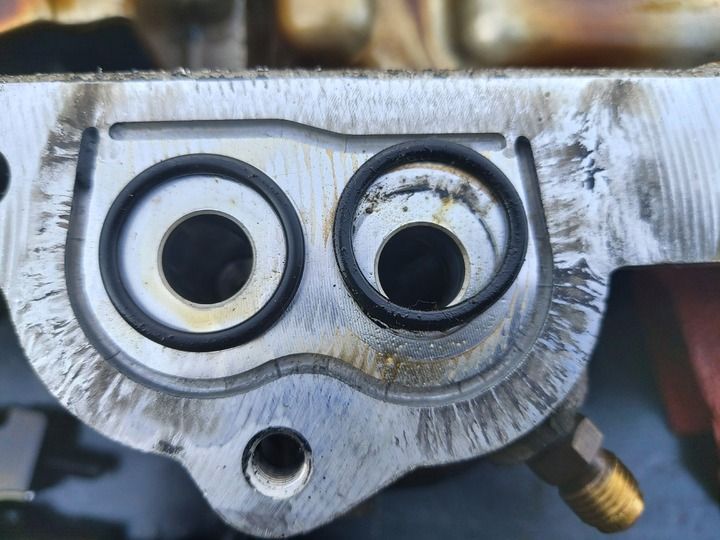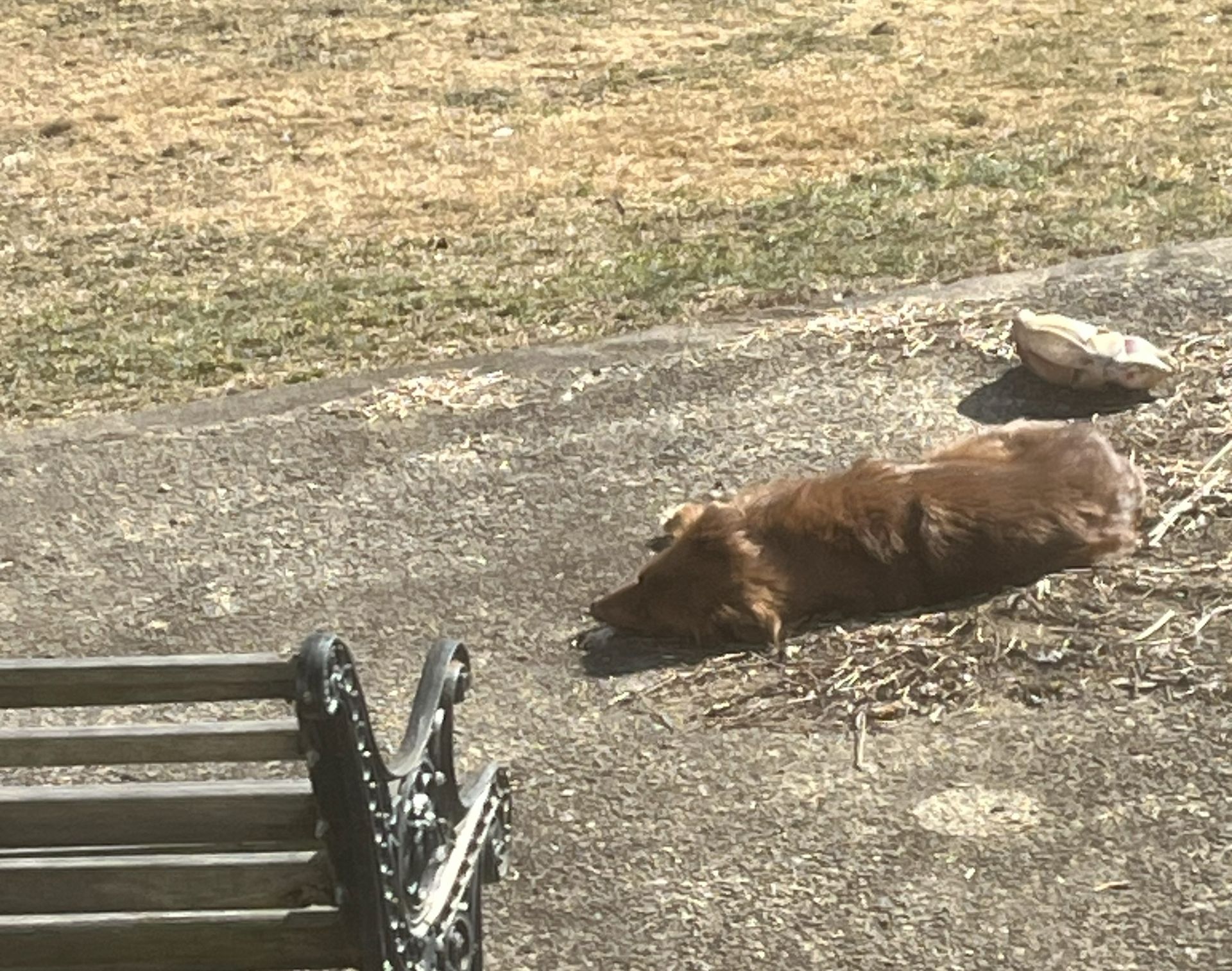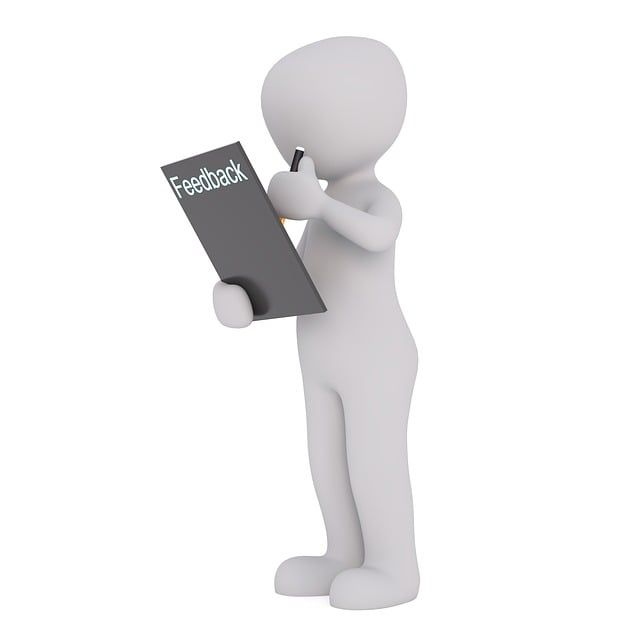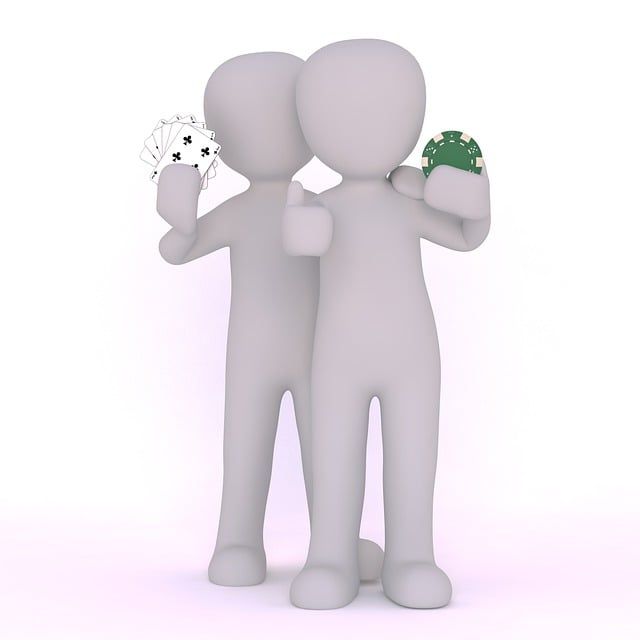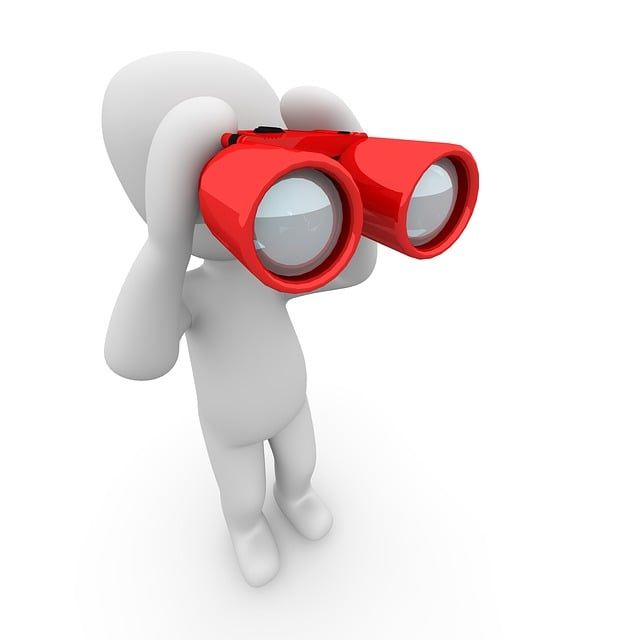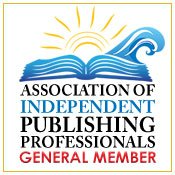Can't We All Just Get Along? part 3
Confusing punctuation in dialogue
The third installment in this series will look at the em dash (—).
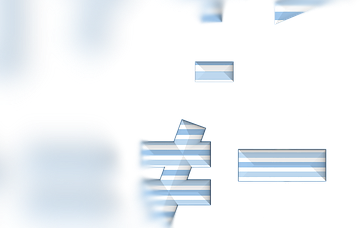
Yes, there really are different size dashes; not every straight horizontal punctuation mark is a hyphen. In fact, most shouldn't be.
An em dash is named for its length, which is approximately the size of a typeset letter M. Just for reference, there is also an en dash (–) that is the size of a letter N. Those are even more rarely seen, but I digress.
Em dashes have several uses, such as to call attention to a specific part of a sentence and to set part of a sentence apart from the rest of it. Clauses surrounded by em dashes are often asides a narrator is throwing in for context or humor, that sort of thing.
In dialogue, though, an em dash is used to signify interrupted speech, meaning the speaker is cut off by another character or an event, and the speaker's utterance ends there.
There is no trailing off of the thought with an em dash; that is the realm of the ellipsis (see part 1 of this blog series). It is abrupt and final. For example, in this two-character exchange:
"You know, if you weren't such a—"
"That'll do, donkey."
The second speaker cuts the first off before they can finish the thought. I wonder what they were going to say . . .🤔
Like ellipses, em dashes are excellent for creating tone and mood in dialogue. They are becoming more prevalent and I'm all for it.
Just please, don't use a hyphen (-) when you mean an em dash. The secret code to get an em dash in text is ALT+0151. Memorize it or write it down close to eye where you type. Save the hyphens for between words where they belong.

What's the confusion in dialogue, then? Spaces, once again.
Like an ellipsis, the style guides are specific about how em dashes and spaces play together. I've seen them all sorts of ways, but the consensus is no spaces on either side of the em dash between words or other punctuation. Hence, as I wrote above.
Just to be more confusing, you can also see ending punctuation like question marks or exclamation points after the em dash and before the closing quotation marks, if the situation warrants it. Something like:
"Well, if that's the way you want—!"
would work when a single speaker gets interrupted by an event instead of a second voice. A second speaker would help to establish the tone of the first with the interruption, whereas an event happening could dampen the tone, thus the exclamation point reinforces the agitation.
As you can see, it's all very situational, but spaces around the em dash are not necessary. Completely the opposite from the ellipsis, right?
Why isn't what's good for the em dash good for the ellipsis? That's what I want to know. 🥸 #nospacesellipsis
Anyway, I hope you've enjoyed this little series on confusing dialogue punctuation. Have fun with them in your writing but use them judiciously to create an effect and not every other line. Your copyeditor will be most grateful!
I'd love to hear any thoughts you may have on these topics, feel free to drop me a line about it with the 'Mail' button below.
Until next time, may the words flow smoothly and cultivate them your way!~


